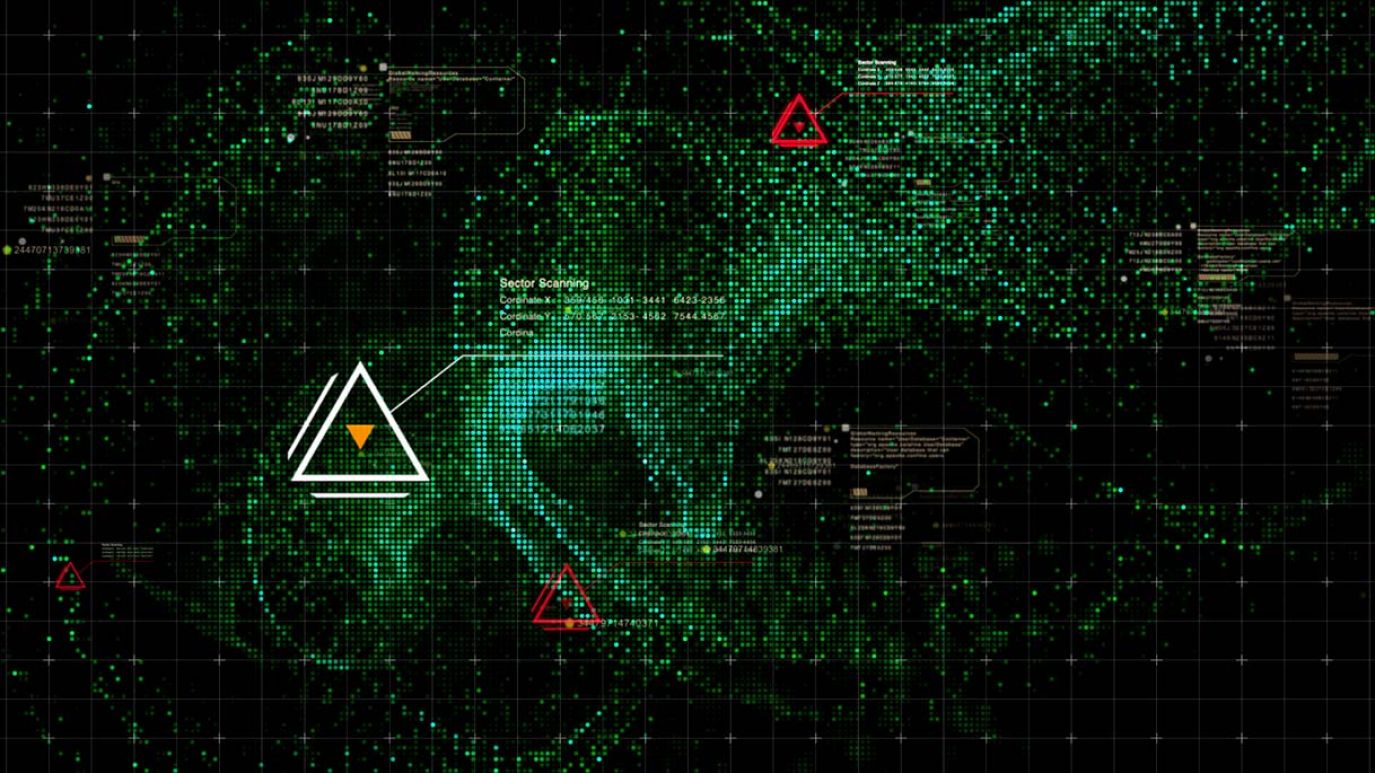-
Blog
Beijing Provides Guidance to Support Acquisition of Dual-Use Technologies

In July 2024, the Third Plenum of the Central Committee of the 20th Chinese Communist Party (CCP) Congress emphasized Beijing’s commitment to the idea that national security is foundational to China’s development. The Third Plenum’s published policy documents also clearly articulate that the Chinese leadership’s pursuit of technological innovations aims not only to serve the commercial sector, but even more importantly to advance China’s military and national defense priorities. The plenum’s documents also confirm the strengthening of the military-civil fusion program as critical to achieving these policy objectives.
Pamir assesses that Chinese entities, with Chinese government support, will devote additional resources and effort to acquiring critical dual-use technologies, through both legitimate and illicit means, to advance Beijing’s national security and military objectives. US companies are advised to develop plans to guard against insider trading, industrial espionage, and other potential means of technology acquisition by Chinese entities. When considering partnerships with Chinese companies, US entities should conduct careful due diligence to ensure that such cooperation will not expose them to the risk of reputational damage arising from US regulatory scrutiny.
The recently concluded CCP Third Plenum produced the “Decision on Further Deepening Reform Comprehensively to Advance Chinese-Style Modernization.” The Decision makes it clear that national security and national defense reforms are critical to the CCP’s modernization agenda.
- The Decision declares, “National security is the important foundation to ensure steady and sustained Chinese-style modernization.”
- The Decision adds, “National defense and military modernization is an important component of Chinese-style modernization.”
The Decision reiterates the importance of ensuring that national security and development go hand-in-hand in national security reforms: “[We must] realize positive interactions between high-quality development and high-level security.” The document addresses both the internal and external elements of national security.
- Internally, the Decision calls for building up infrastructural capacity and resilience to address natural disasters and public emergencies, as well as the improvement of social governance. In addition, the Decision highlights the necessity of “strengthen[ing] the construction of a cybersecurity system and establish[ing] institutions to oversee the safety of artificial intelligence.”
- Externally, the Decision stipulates that China must “strengthen the systems and mechanisms that [provide] advanced warning, ensure risk prevention and control, and [extend] protection to [China’s] overseas interests and investments.” It also calls for improving “the mechanisms to counter sanctions, interference, and ‘long-arm jurisdiction’” by foreign entities. It further states the need to improve the mechanisms for safeguarding China’s maritime rights and interests.
The Chinese leadership’s commitment to a technology-driven development program is evident in the Decision’s treatment of national defense and military reforms.
- The Decision says that the Chinese military must “vigorously develop new-domain and new-quality combat forces.” The term “new-domain and new-quality combat forces” refers to combat forces that can employ cutting-edge technologies, such as artificial intelligence and quantum computing, and which can operate in non-traditional domains, such as cyber.
In this respect, the Decision devotes a section to discussions about military-civil fusion reforms. Military-civil fusion mandates that technologies developed for commercial applications should be used to support military objectives, and vice versa. This dual-use technology program adopts a whole-of-society approach that mandates the involvement of Chinese universities, research institutions, and commercial enterprises. In particular, the Decision stipulates the following reform measures:
- Deepen the reform of the national defense S&T industrial system.
- Optimize the national defense S&T industrial layout.
- Improve the institution of weapons and equipment procurement.
- Establish the reward mechanism for the design of military products.
Authors: Dr. John W. Tai, Senior Advisor, Pamir Consulting, with Nick Sama, Intern, Pamir Consulting
China’s 5G influence in developing economies
China’s Belt and Road Initiative and its digital counterpart, the Digital Silk Road, threaten to displace US telecom and tech companies in developing economies in Africa, Latin America and the Middle East. How can US operators and network providers stand up to the challenge?